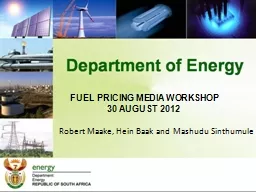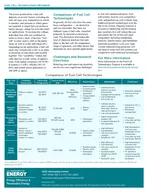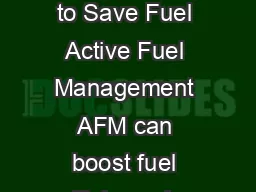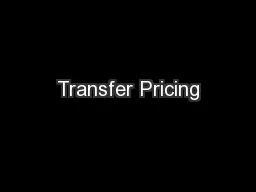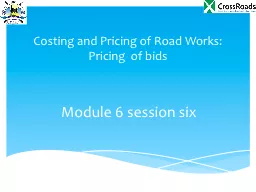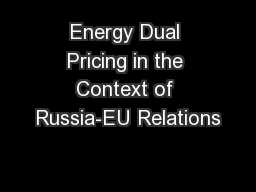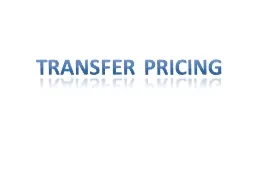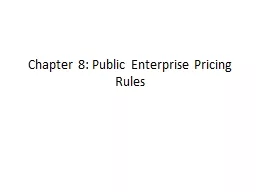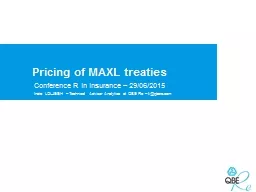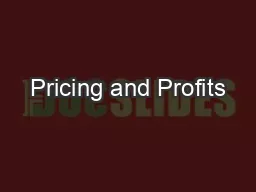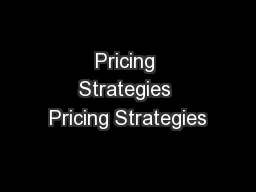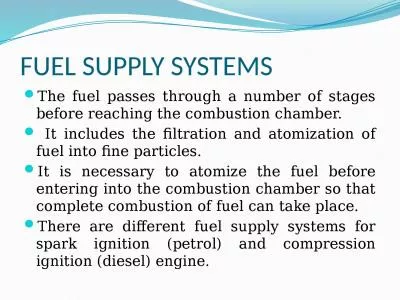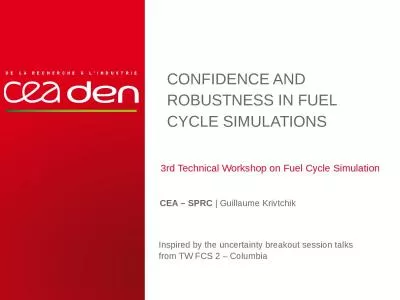PPT-FUEL PRICING MEDIA WORKSHOP
Author : marina-yarberry | Published Date : 2019-12-17
FUEL PRICING MEDIA WORKSHOP 30 AUGUST 2012 Robert Maake Hein Baak and Mashudu Sinthumule Presentation Outline Introduction Policy position and key pricing mechanisms
Presentation Embed Code
Download Presentation
Download Presentation The PPT/PDF document "FUEL PRICING MEDIA WORKSHOP" is the property of its rightful owner. Permission is granted to download and print the materials on this website for personal, non-commercial use only, and to display it on your personal computer provided you do not modify the materials and that you retain all copyright notices contained in the materials. By downloading content from our website, you accept the terms of this agreement.
FUEL PRICING MEDIA WORKSHOP: Transcript
Download Rules Of Document
"FUEL PRICING MEDIA WORKSHOP"The content belongs to its owner. You may download and print it for personal use, without modification, and keep all copyright notices. By downloading, you agree to these terms.
Related Documents

